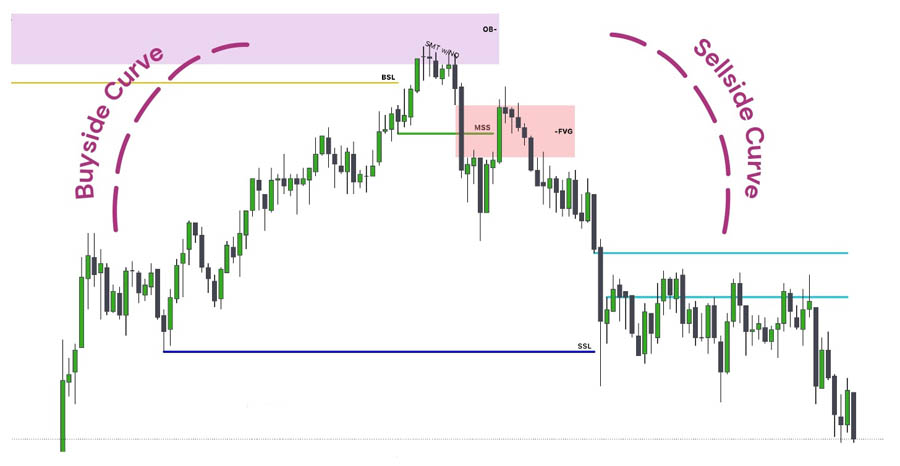Savor the Flavors: Bombay Beijing Fine Foods
Exploring the fusion of Indian and Chinese cuisines with delicious recipes and culinary tips.
Marketplace Liquidity Models: The Balancing Act of Supply and Demand in Digital Commerce
Discover the secrets of marketplace liquidity models and how they shape supply and demand in digital commerce. Unlock success today!
Understanding Marketplace Liquidity: Key Factors that Impact Supply and Demand
Understanding Marketplace Liquidity is crucial for both buyers and sellers in any economy. Liquidity refers to the ease with which assets can be bought or sold in a market without affecting their price. Several key factors influence liquidity, including the number of active participants, the availability of information, and the nature of the goods or services being traded. For instance, a marketplace with a large number of buyers and sellers typically offers higher liquidity, as transactions can occur more readily, leading to stable prices and less volatility.
Additionally, factors that impact supply and demand play a pivotal role in determining liquidity. When demand exceeds supply, markets tend to tighten, resulting in lower liquidity and potentially inflated prices. Conversely, when supply outstrips demand, liquidity typically increases, allowing for smoother transactions. To summarize, a well-functioning marketplace is characterized by balanced supply and demand, active participation, and transparent information. Understanding these dynamics can help stakeholders make informed decisions and navigate the complexities of marketplace liquidity effectively.

Counter-Strike is a popular first-person shooter game that has become a mainstay in the eSports community. Players compete in teams, engaging in tactical combat and strategy. For those looking to enhance their gameplay experience, using a daddyskins promo code can unlock exciting new skins and items.
How to Optimize Liquidity in Digital Commerce: Strategies for Marketplaces
Optimizing liquidity in digital commerce is crucial for marketplaces to thrive. Liquidity refers to the ease with which assets can be bought or sold in a market without causing drastic price changes. To enhance liquidity, marketplaces should focus on building a robust network of buyers and sellers. One effective strategy is to leverage data analytics to understand customer preferences and market trends. By analyzing historical transaction data, marketplace operators can identify high-demand products and optimize inventory levels, ensuring that both buyers and sellers experience seamless transactions.
Another key strategy is to implement dynamic pricing models that respond to real-time market conditions. By adjusting prices based on supply and demand, marketplaces can attract more buyers and encourage sellers to list their products at competitive rates. Additionally, facilitating instant payments and providing a user-friendly interface can further enhance liquidity. Marketplaces should also consider offering incentives such as lower transaction fees or promotional discounts to stimulate activity among participants, ultimately creating a more vibrant and liquid marketplace.
What Role Does Liquidity Play in Enhancing User Experience in Online Marketplaces?
Liquidity plays a crucial role in shaping the user experience within online marketplaces. A marketplace with high liquidity means that buyers can easily find the products they want while sellers can quickly connect with potential customers. This fluid interaction is essential for fostering trust and satisfaction among users. For instance, when a buyer searches for a particular item, the ability to access a wide variety of options without delays enhances their overall shopping experience, making them more likely to return to the platform in the future. Furthermore, improved liquidity helps stabilize pricing, as a larger pool of transactions facilitates better market dynamics.
Additionally, liquidity directly influences the efficiency of transactions. When liquidity is high, users are less likely to face frustrations such as prolonged wait times or difficulty in finding suitable products. This efficiency not only reduces the chances of abandoned carts but also encourages users to explore more categories within the marketplace. A seamless experience, characterized by swift processing and easy access to various goods, contributes significantly to customer retention and loyalty, ultimately shaping the success of the online marketplace. As such, maintaining high liquidity is vital for attracting both buyers and sellers, ensuring a vibrant and responsive marketplace.